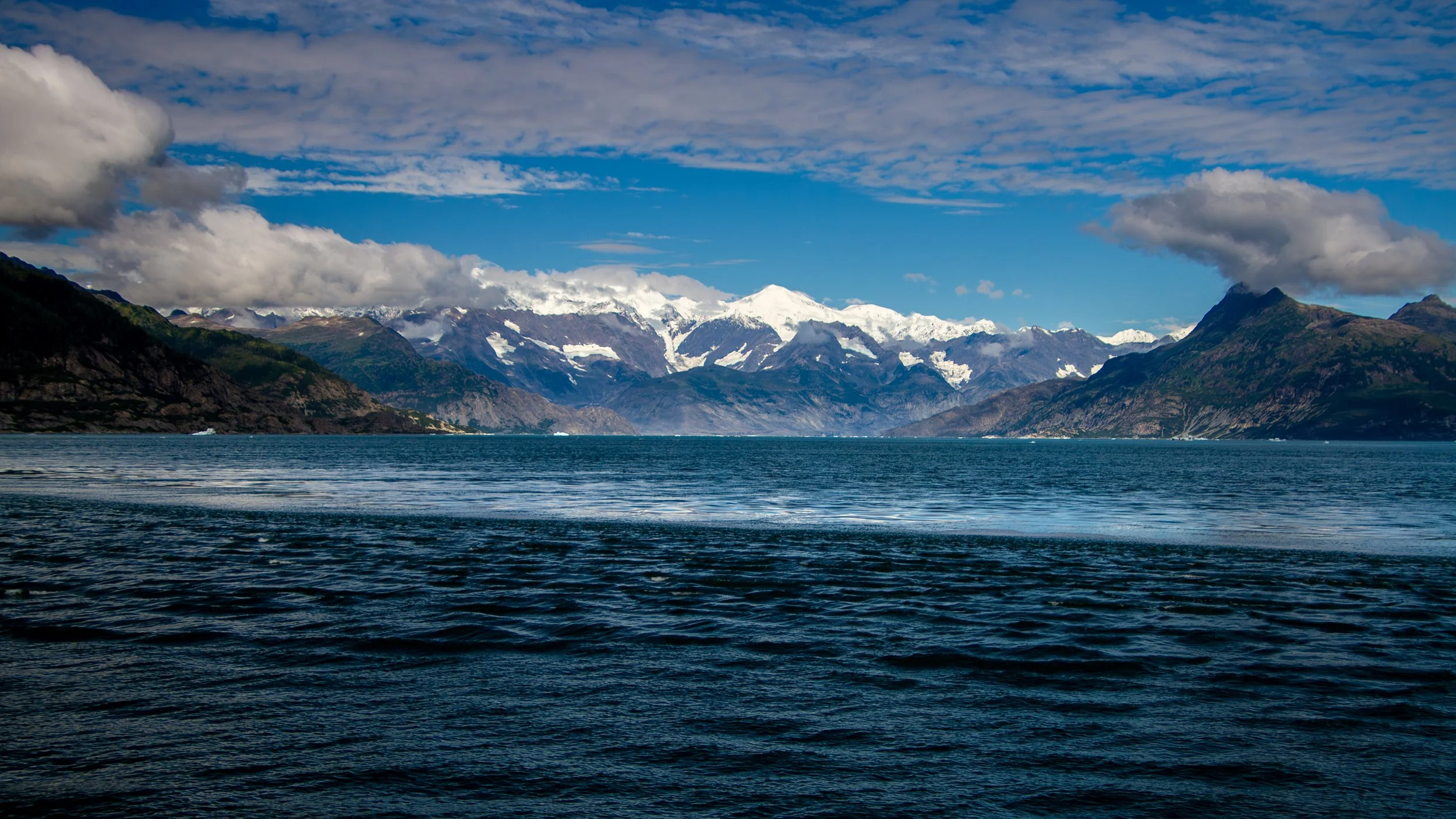Columbia’s Moraine: A Study
Columbia’s Moraine: A Supportive Barrier
The Columbia Glacier has moved back 12 miles. Glaciers transport rocks and sediment and leave behind deposits called moraines. As a tidewater glacier, the Columbia flows into the sea, forming an underwater ridge, or shoal, at its end. This moraine helped stabilize the glacier and keep it insulated from seawater. Before 1980, the structure of the moraine was crucial for the glacier's stability. Like other tidewater glaciers, it developed a moraine over time, acting like a dam to block the sea. You can see where the dark water meets the light water at the shoal.
